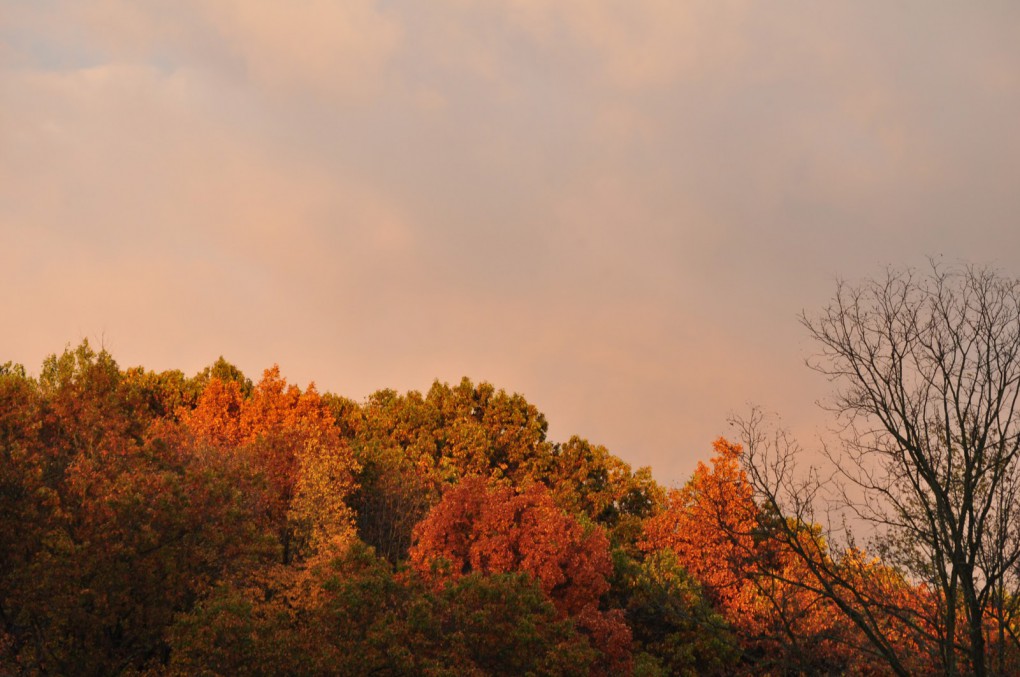Rebecca Welshman
In The Old House at Coate, a collection of essays published after his lifetime, Jefferies fondly describes the old Wiltshire farmhouse and gardens where he was born. Two large blue doors, set within the enclosing stone wall, formed the main entrance. Jefferies recalls listening to them swing open and shut ‘from dawn to midnight’ with the activity of the mowers, milkers, and village people visiting the farm pump for water. The doors, although a manmade creation crafted by artificial means, have a place in the natural environment. Swallows fly over and under them, and robins and wrens come to the decaying bars looking for insects:
“The tiny brown wrens appear to have their regular rounds, visiting the same spot day after day and always singing on the same perches. One used to sing on the top of these doors, and then passing on, first to the eaves of the cowshed, next to a heap of stones, where he slipped through the interstices, then to some logs piled against the wall, sang again when he reached the woodpile, perched on the topmost faggot.
The eave swallows dropping from their nests under the thatch and gaining impetus from the downward slide seemed as if they must strike the broad doors, but suddenly rising with sleight-of-wing passed over upwards into the buoyant air.”
Pied wagtails would visit the farm through the blue doors too – as Jefferies observes, ‘the whole circuit of the place was open to them, yet they generally entered here.’ Jefferies describes a little stretch of path, just in front of the doors, enclosed by the walls of the farmhouse and cattle sheds, which ‘made a pleasant ambulatory…a kind of hollow way’. In the chill winds of early spring he would walk up and down, feeling, thinking, and observing as the midday sun ‘filled the place with light and warmth’.
In winter, although the profusion of wildlife would be absent, there still remained activity to be observed. When I was in the garden of the farmhouse the other afternoon, standing just behind the flanking wall of the former cattle shed, this passage from The Old House at Coate came to mind:
“In December, walking to and fro the roadway, from the blue doors to the walnut tree at the entrance to the meadow, as the afternoon drew on to four o’clock the sparrows began to come to the thick ivy around the fir tree in the corner of the wall. They came, too, to the ivy about the gable of the low over the window … the mass of leaves sheltered them like a cloak. The wrens went to the hayricks under the eaves of the thatch, to the holes the sparrows had made in the eaves of the sheds. Sometimes, in hard frost, the blackbirds came there, too – they could not find warmth in the hedges – and the sky, as the dusk deepened, was left to the wild fowl.”
Gardens in progress: the old rickyard (the place where hay was once stored) next to the farmhouse. Found hidden amongst a rambling patch of brambles, is what we believe to be one of the original smaller blue doors from the gardens.
Pictured below are some of the Museum Trustees in the area that in Jefferies’ time was the rickyard, and which is in the process of being restored. The layer of turf that once covered the area has been dug away to expose the cobbled floors, and a series of vegetable plots have been constructed.
Jefferies saw the Blue Doors as a threshold that contained the farm’s spirit of place, but which also promised to lead to the exciting, unknown world beyond. Today, although the blue doors no longer exist, and have been replaced by wooden gates, the entrance to the farm continues to hold meaning. Jefferies can be considered one of the founders of the modern nature connection movement – he wrote with his senses and mind wide open, with the aim of helping others to experience the treasures of the natural world. Part of our work in taking care of and rejuvenating his birthplace and museum is to preserve its spirit of place – to welcome visitors to partake and enjoy this timeless environment, and to take Jefferies’ message out into the wider world.
 The entrance to Coate Farm. Photo by Tony Shaw
The entrance to Coate Farm. Photo by Tony Shaw
http://tonyshaw3.blogspot.co.uk/2013/08/richard-jefferies-in-coate-swindon.html



